Inside Llewyn Davis
7.6 /10 1 Votes7.6
Genre Drama, Music Duration Language English | 7.4/10 IMDb Director Joel Coen, Ethan Coen Release date January 10, 2014 (India) Screenplay Joel Coen, Ethan Coen Country United StatesFrance | |||||||||||||||||||||||||||||||||
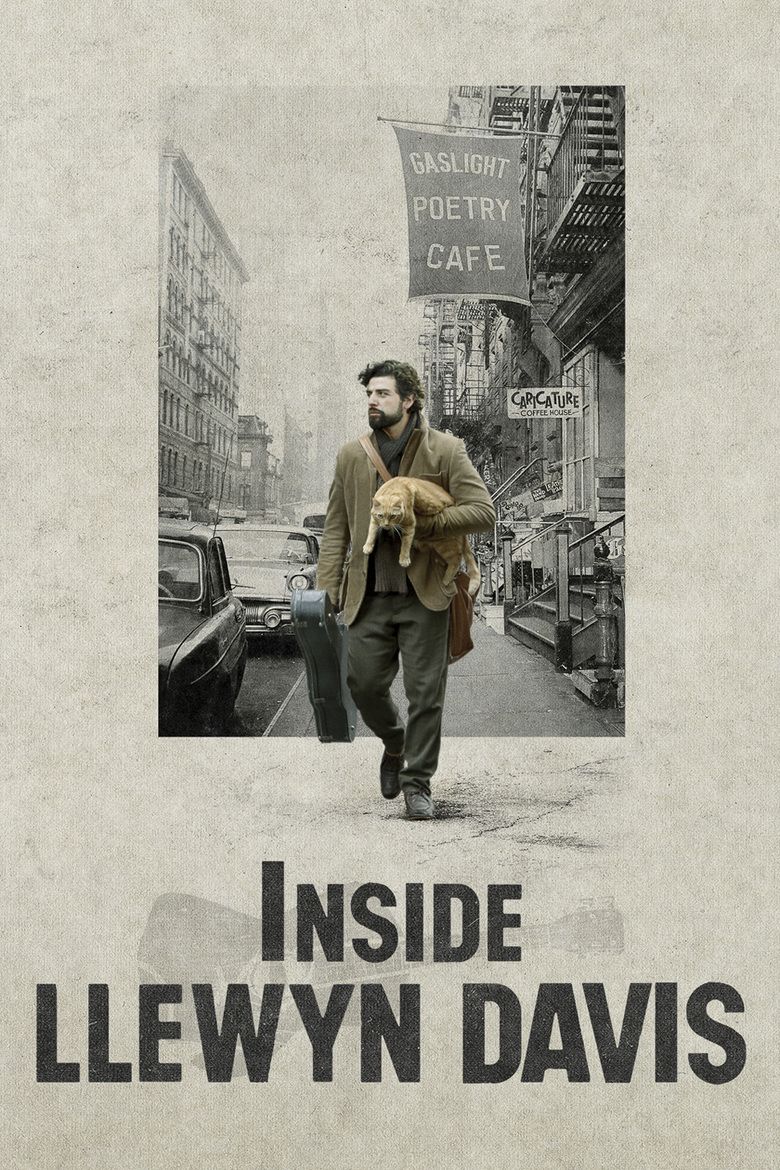 | ||||||||||||||||||||||||||||||||||
Release date May 19, 2013 (2013-05-19) (Cannes)November 6, 2013 (2013-11-06) (France)December 6, 2013 (2013-12-06) (United States) Writer Joel Coen, Ethan Coen Songs Hang Me - Oh Hang Me Cast (Llewyn Davis), (Jean Berkey), (Jim Berkey), Jerry Grayson (Mel), (Lillian), (Pappi)Similar movies Scott Rudin produced Inside Llewyn Davis and True Grit | ||||||||||||||||||||||||||||||||||
Inside llewyn davis theatrical trailer 3 2013 john goodman movie hd
Inside Llewyn Davis /ˈluː.ɪn deɪvɪs/ is a 2013 American black comedy drama film written, directed, produced, and edited by Joel and Ethan Coen. Set in 1961, the film follows one week in the life of Llewyn Davis, played by Oscar Isaac in his breakthrough role, a folk singer struggling to achieve musical success while keeping his life in order. It co-stars Carey Mulligan, John Goodman, Garrett Hedlund, F. Murray Abraham, and Justin Timberlake.
Contents
- Inside llewyn davis theatrical trailer 3 2013 john goodman movie hd
- Inside llewyn davis theatrical trailer 2 2013 coen brothers movie hd
- Plot
- Production
- Music
- Release
- Critical response
- Inside llewyn davis featurette making of 2013 coen brothers movie hd
- Inside llewyn davis official trailer 1 2013 coen bro s movie hd
- References
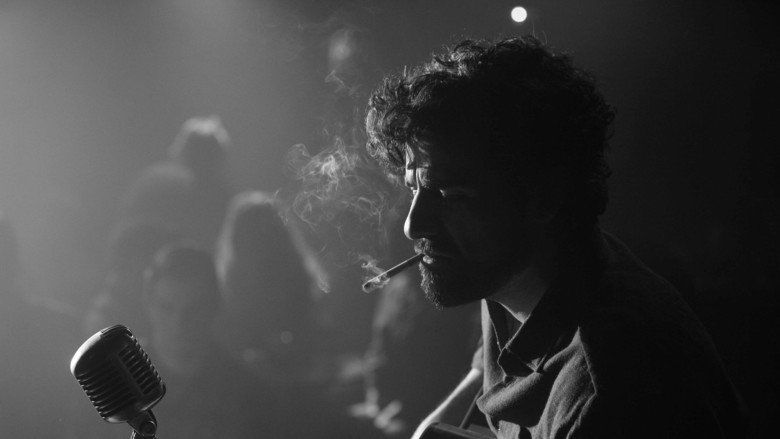
Although Davis is a fictional character, the story was partly inspired by the autobiography of folk singer Dave Van Ronk. Most of the folk songs performed in the film are sung in full and recorded live. T Bone Burnett was the executive music producer.
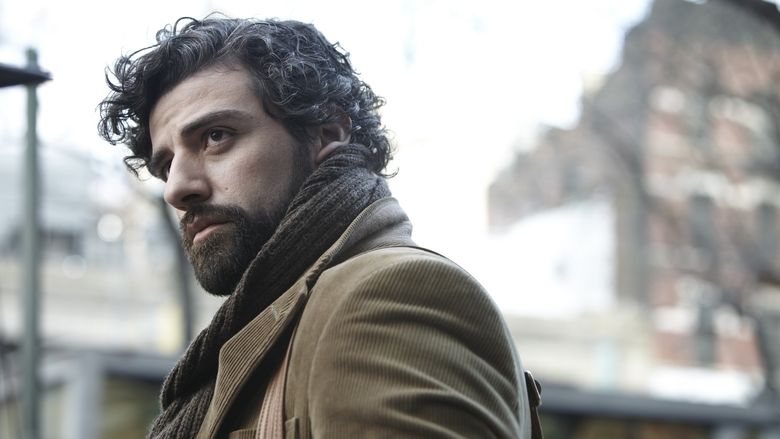
The film won the Grand Prix at the 2013 Cannes Film Festival, where it screened on May 19, 2013. The film received a limited release in the United States on December 6, 2013, and was given a wide release on January 10, 2014. The film received critical acclaim and was nominated for two Academy Awards (Best Cinematography and Best Sound Mixing) and for three Golden Globe Awards: Best Motion Picture – Comedy or Musical, Best Actor – Motion Picture Musical or Comedy (Oscar Isaac), and Best Original Song.
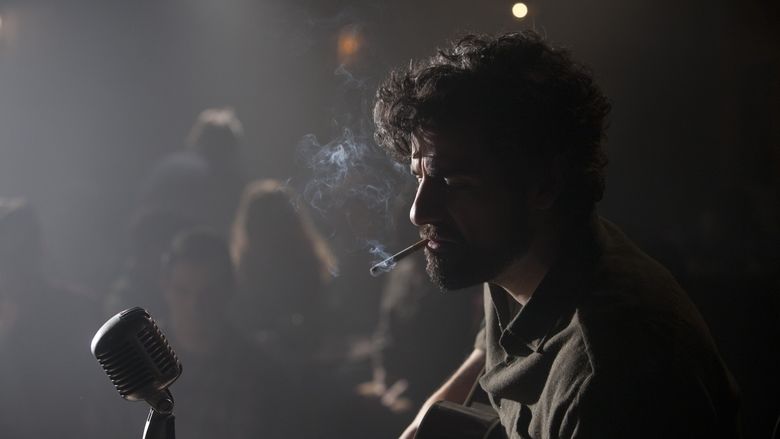
Inside Llewyn Davis has been highly acclaimed, and was voted the 11th best film released since 2000 by film critics in a 2016 BBC Culture poll. It was also chosen the eleventh "Best Film of the 21st Century So Far" in 2017 by The New York Times.
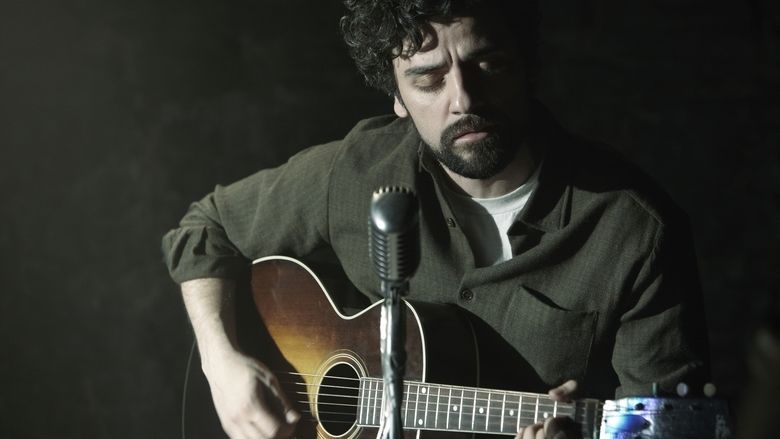
Inside llewyn davis theatrical trailer 2 2013 coen brothers movie hd
Plot
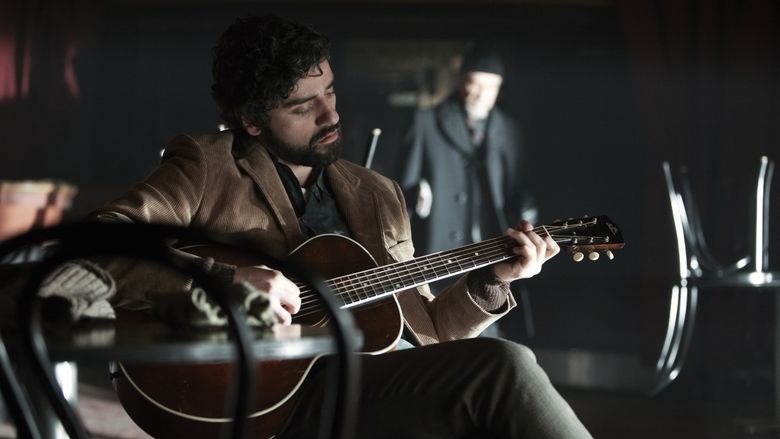
In February 1961, Llewyn Davis is a struggling folk singer in New York City's Greenwich Village. His musical partner, Mike Timlin, has died by suicide; his recent solo album Inside Llewyn Davis is not selling; he has no money and is sleeping on the couches of friends and acquaintances. He plays The Gaslight Cafe one night, then gets punched out in the alley.
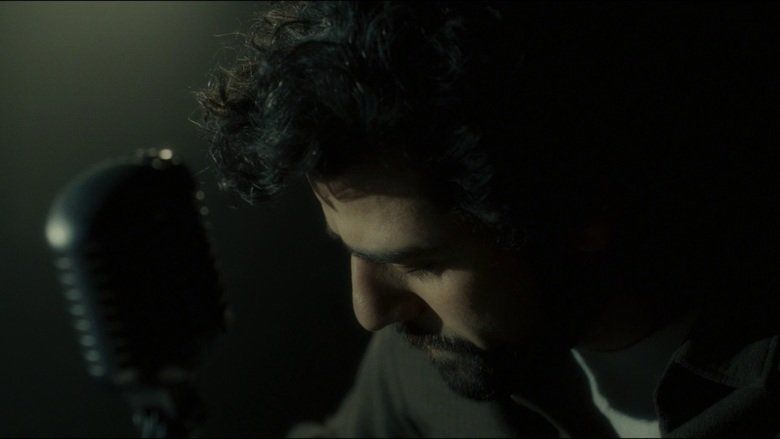
Llewyn wakes up in the apartment of two of his older and wealthier friends, the Gorfeins. When he leaves, the Gorfeins' cat escapes and Llewyn is locked out. Llewyn takes the cat to the apartment of Jim and Jean Berkey. Jean reluctantly agrees to let Llewyn stay that night. Jean tells Llewyn she is pregnant, with a possibility it is Llewyn's child.

The next morning, the Gorfeins' cat escapes again. Later, Jean asks Llewyn to pay for an abortion, though she is upset she just might be losing Jim's child.
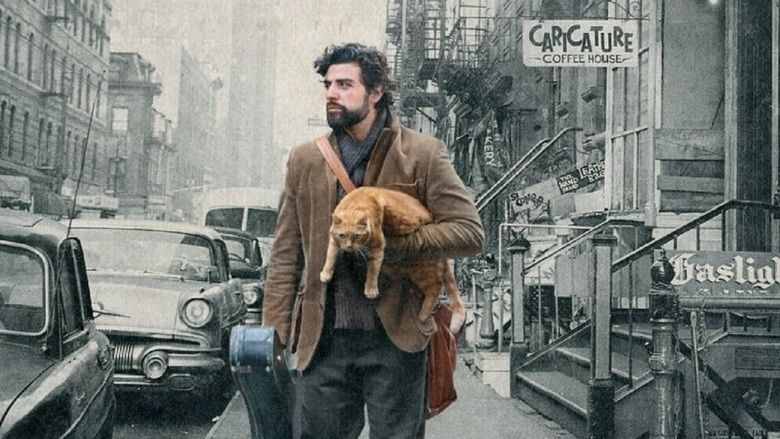
Llewyn visits his sister in the hope of borrowing money but realizes it won't be possible. Their conversation makes it clear that they are living in different worlds. She gives him a box of his belongings, but he tells her to trash it. She mentions that he could make money by going back to the Merchant Marine.
On Jim's invitation, Llewyn records a space travel themed novelty song with Jim and Al Cody. Needing money for the abortion, Llewyn agrees to an immediate $200 rather than royalties. Llewyn is setting up Jean's appointment when the gynecologist informs him there is no charge, as a previous girlfriend did not go through with the abortion Llewyn had paid for, keeping the baby and moving to Ohio.
While talking to Jean at a café, Llewyn spots what he believes to be the Gorfeins' cat and returns it that evening. Asked to play after dinner, he reluctantly performs "Fare Thee Well", a song he had recorded with Mike. When Mrs. Gorfein starts to sing Mike's harmony, Llewyn becomes angry and yells at her. Mrs. Gorfein leaves the table crying, then returns with the cat, having realized that it is not theirs. Llewyn leaves with the cat.
Llewyn rides with two musicians driving to Chicago: the laconic beat poet Johnny Five and the odious jazz musician Roland Turner. At a roadside restaurant, Roland collapses from a heroin overdose. The three stop on the side of the highway to rest. When a police officer tells them to move on, he suspects that Johnny is drunk and tells him to get out of the car. Johnny resists and is arrested. Without the keys, Llewyn abandons the car, leaving the cat and the unconscious Roland behind. In Chicago, Llewyn auditions for Bud Grossman. Grossman says Llewyn is not suited to be a solo performer but suggests he might incorporate him in a new trio he is forming. Llewyn rejects the offer and hitchhikes back to New York. Driving, he hits what he fears may be the same cat.
Back in New York, feeling tired and out of options to make something of himself, Llewyn uses his last $148 for back dues to rejoin the merchant marine union, and visits his ailing father. Llewyn searches for his seaman's license so he can ship out with the merchant marine, but it was in the box his sister finally trashed. Llewyn goes back to the Union Hall to replace it, but he cannot afford the $85 fee. Llewyn visits Jean and she tells him she got him a gig at the Gaslight.
At the Gaslight, Llewyn learns that Pappi, the manager, also had sex with Jean. Llewyn, angered by this, heckles a woman (played by actual 60s folk musician Nancy Blake) as she performs, and is thrown out. He then goes to the Gorfeins' apartment, where they graciously welcome him. There, he learns that the novelty song is likely to be a major hit, with massive royalties. He is amazed to see that their actual cat, Ulysses, has found his way home.
Returning to an expanded version of the film's opening scene, Llewyn performs at the Gaslight. Pappi teases Llewyn about his heckling the previous evening and tells him that a friend of his is waiting in the alley. As he leaves, Llewyn watches as a young Bob Dylan starts to perform onstage. Behind the Gaslight, Llewyn is beaten by a shadowy suited man for heckling his wife, the previous night's performer. Llewyn watches as the man leaves in a taxi and he bids him "Au revoir".
Production
Set in 1961, Inside Llewyn Davis was inspired by the cultural disconnection within a New York–based music scene where the songs seemed to come from all parts of the United States except New York, but whose performers included Brooklyn-born Dave Van Ronk and Ramblin' Jack Elliott. Well before writing the script, the Coens began with a single premise: suppose Van Ronk got beat up outside of Gerde's Folk City in the Village. The filmmakers employed that idea in the opening scenes, then periodically returned to the project over the next couple of years to expand the story using a fictional character. One source for the film was Van Ronk's posthumously published (2005) memoir, The Mayor of MacDougal Street. According to the book's co-author, Elijah Wald, the Coens mined the work "for local color and a few scenes." The character is a composite of Van Ronk, Elliot, and other performers from the New York boroughs who performed in the Village at that time. Joel Coen remarked that "the film doesn't really have a plot. That concerned us at one point; that's why we threw the cat in."
Shooting was complicated by an early New York spring, which interfered with the bleak winter atmosphere that prevails throughout the film, and by the difficulty of filming several cats, who, unlike dogs, ignore the desires of filmmakers. On the advice of an animal trainer, the Coens put out a casting call for an orange tabby cat, which is sufficiently common that several cats would be available to play one part. Individual cats were then selected for each scene based on what they were predisposed to do on their own.
Producer Scott Rudin, who worked with the Coens on No Country for Old Men and True Grit, collaborated on the project. StudioCanal helped finance it without an American distributor in place. "After shooting in New York City and elsewhere last year...the brothers finished the movie at their own pace", wrote Michael Cieply in a January 2013 The New York Times interview with Joel Coen ahead of a private, pre-Grammys screening in Los Angeles. "They could have rushed it into the Oscar season but didn't." On February 19, CBS Films announced it had picked up the U.S. domestic distribution rights for about $4 million. StudioCanal has rights to international distribution and foreign sales.
Music
Dave Van Ronk's music served as a starting point for the Coens as they wrote the script, and many of the songs first designated for the film were those he had recorded. Van Ronk co-author Elijah Wald said that the character of Llewyn Davis "is not at all Dave, but the music is." (The cover of Davis's solo album, Inside Llewyn Davis, resembles that of Inside Dave Van Ronk. Both feature the artist in a doorway, wearing a tweed jacket and smoking a cigarette. One difference between the two covers is that there is - interestingly, given the story of the movie - a cat in the doorway on the cover of Inside Dave Van Ronk.) Other songs emerged in conversations between the Coens and T-Bone Burnett, who produced the music in association with Marcus Mumford. Burnett previously worked with the Coens on the music and soundtrack for The Big Lebowski and O Brother, Where Art Thou?, the latter of which sold about 8 million copies in the United States. The Coens viewed the music in Inside Llewyn Davis as a direct descendant of the music in O Brother.
The humorous novelty song "Please Mr. Kennedy", a plea from a reluctant astronaut, appears to be a fourth generation derivative of the 1960 song "Mr. Custer", also known as "Please Mr. Custer", about the Battle of the Little Bighorn, sung by Larry Verne and written by Al DeLory, Fred Darian, and Joseph Van Winkle. A Tamla-Motown single followed in 1961: "Please Mr. Kennedy (I Don't Want to Go)", a plea from a reluctant Vietnam War draftee, sung by Mickey Woods and credited to Berry Gordy, Loucye Wakefield and Ronald Wakefield. In 1962 using a similar theme, The Goldcoast Singers recorded "Please Mr. Kennedy" on its Here They Are album, with writing credits to Ed Rush and George Cromarty. The Llewyn Davis version credits Rush, Cromarty, Burnett, Timberlake, and the Coens.
Isaac, Timberlake, Mulligan, Driver and others performed the music live. The exception was "The Auld Triangle", which was lip-synced, with Timberlake singing bass. (Timberlake's vocal range was on display in the film. Critic Janet Maslin, listening to a soundtrack recording, confused Timberlake's voice with Mulligan's, which she thought resembled that of Mary Travers.)
Release
Inside Llewyn Davis had its worldwide premiere on May 19, 2013 at the 2013 Cannes Film Festival. The film then screened at film festivals, including the New York Film Festival in September, the November 14 close of the 2013 AFI Film Festival and Torino Film Festival 2013, also in November.
The film had a limited release in the United States on December 6, 2013, where it played in Los Angeles and New York. It opened in 133 additional theaters on December 20 and opened wide on January 10, 2014.
It was released on DVD and Blu-ray in the US on March 11, 2014. On January 19, 2016, The Criterion Collection released a DVD and Blu-ray of the film featuring new audio commentary tracks, interviews and other special features, including a forty-three-minute documentary titled Inside “Inside Llewyn Davis”.
Critical response
Rotten Tomatoes gives the film a rating of 94%, based on 249 reviews, with an average score of 8.6/10. The site's consensus states: "Smart, funny, and profoundly melancholy, Inside Llewyn Davis finds the Coen brothers in fine form." Metacritic gives the film a score of 92 out of 100, based on reviews from 47 critics, indicating "universal acclaim." It was voted the 11th greatest film of the 21st century in a 2016 BBC Culture poll, after No Country for Old Men, another film by the Coen brothers.
Writing for The Village Voice, Alan Scherstuhl praised the Coen brothers' film: "While often funny and alive with winning performances, Inside Llewyn Davis finds the brothers in a dark mood, exploring the near-inevitable disappointment that faces artists too sincere to compromise—disappointments that the Coens, to their credit, have made a career out of dodging. The result is their most affecting film since the masterful A Serious Man." Todd McCarthy of The Hollywood Reporter called the film "an outstanding fictional take on the early 1960s folk music scene," praising the "fresh, resonant folk soundtrack" and Oscar Isaac's performance that "deftly manages the task of making Llewyn compulsively watchable." IGN reviewer Leigh Singer gave the film a 10 out of 10 'Masterpiece' score, saying "Don’t be fooled by the seemingly minor key...this is one of the finest works by – let’s just call it – the most consistently innovative, versatile and thrilling American filmmakers of the last quarter-century.'"
Folk singers, however, have criticized the film for misrepresenting the friendliness of the Village folk scene of the time. Terri Thal, Dave Van Ronk's ex-wife, said, "I didn't expect it to be almost unrecognizable as the folk-music world of the early 1960s." Suzanne Vega said "I feel they took a vibrant, crackling, competitive, romantic, communal, crazy, drunken, brawling scene and crumpled it into a slow brown sad movie." The film was also criticized for the fact that, although it was to some extent based on the memoir of Dave Van Ronk, the film portrayed a character very much at odds with the real Van Ronk, usually described as a "nice guy". However, at a press interview before the film was premiered at Cannes, the Coens had stated that the character itself was very much an original creation, and that the music was the major influence they had drawn from Van Ronk.
Inside llewyn davis featurette making of 2013 coen brothers movie hd
Inside llewyn davis official trailer 1 2013 coen bro s movie hd
References
Inside Llewyn Davis WikipediaInside Llewyn Davis IMDb Inside Llewyn Davis themoviedb.org
